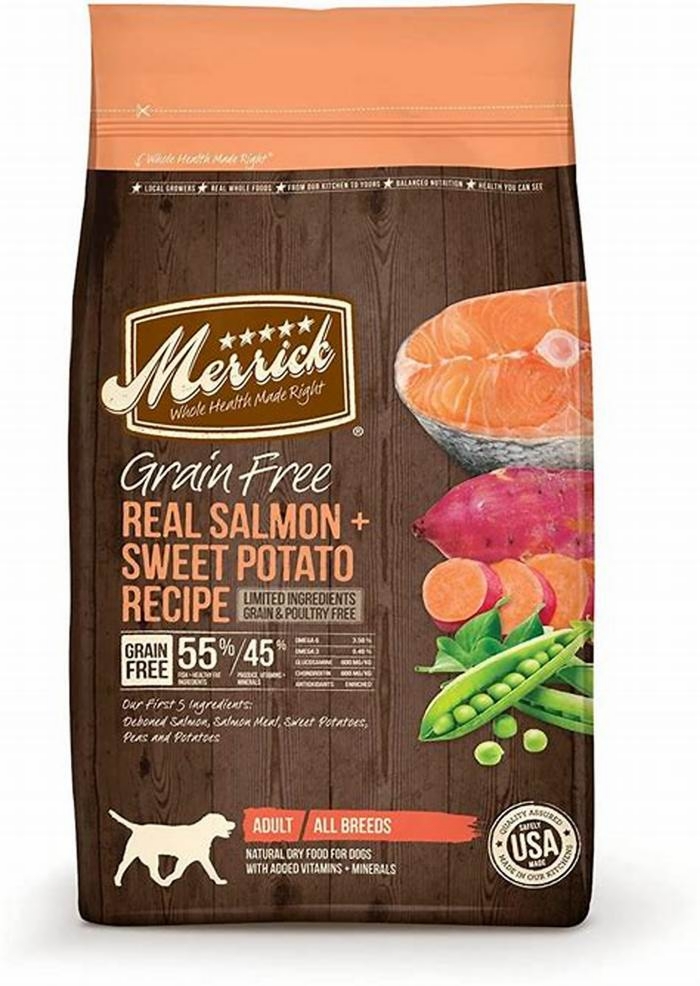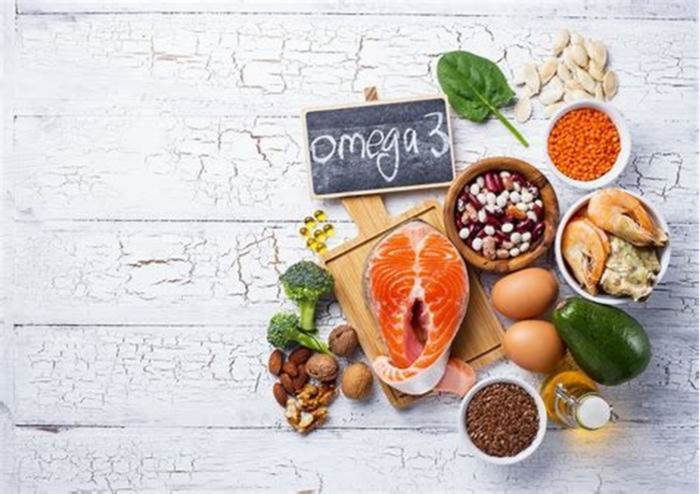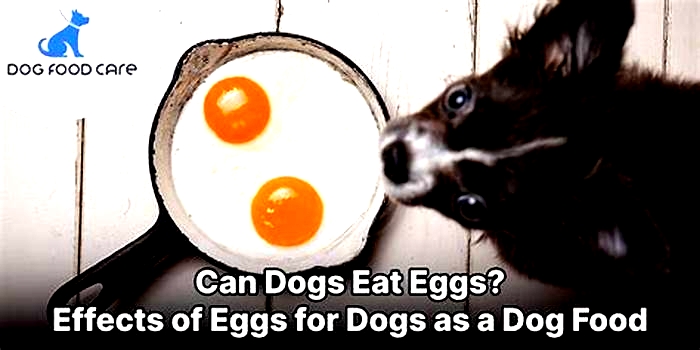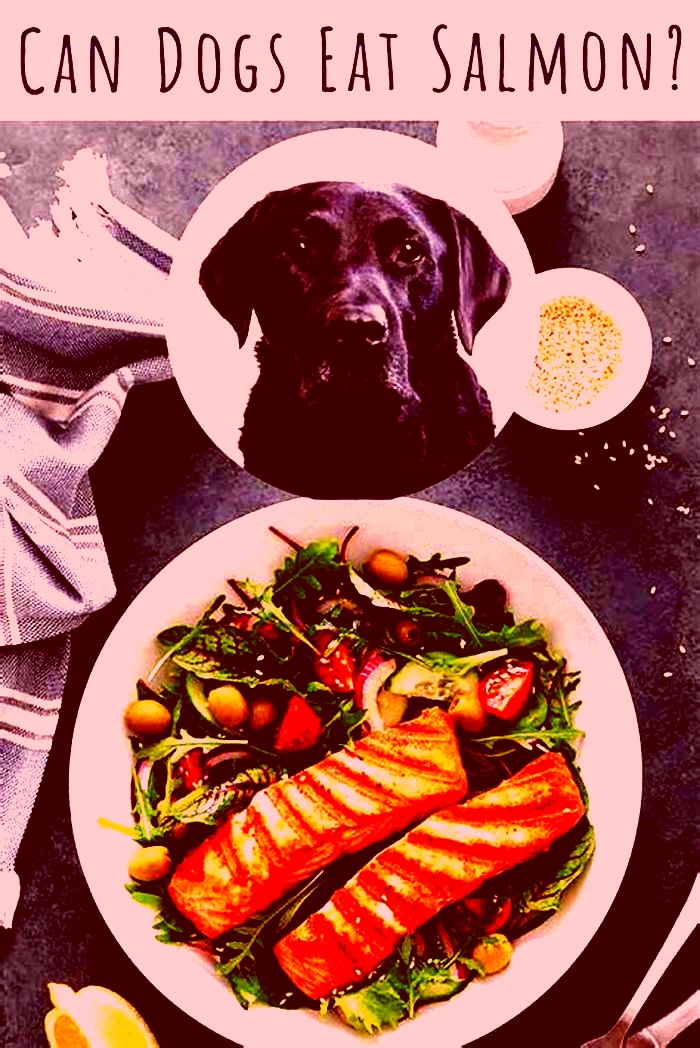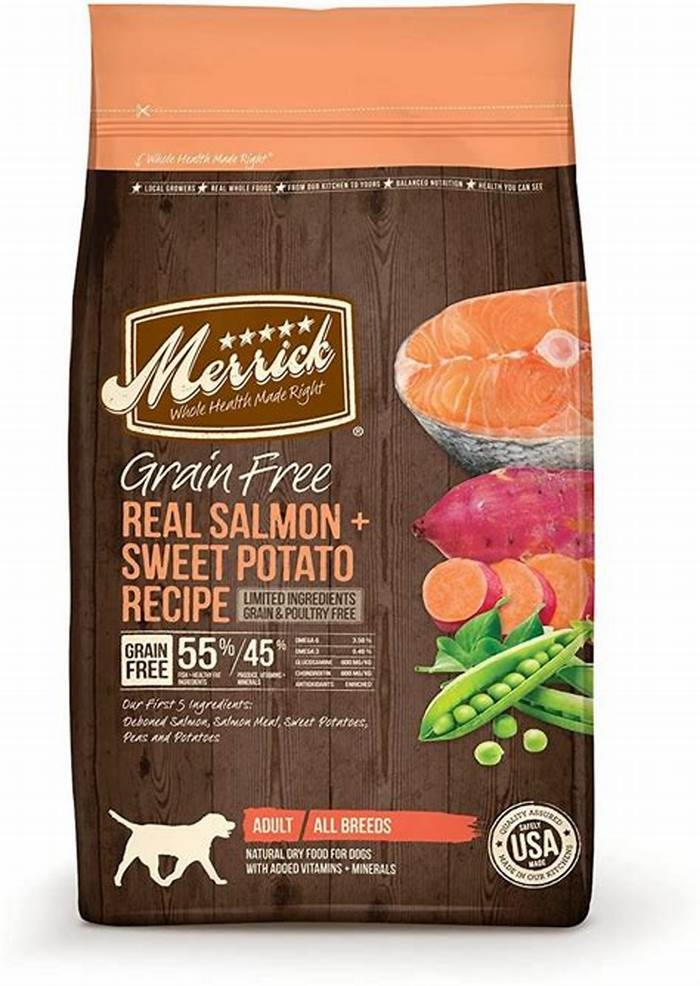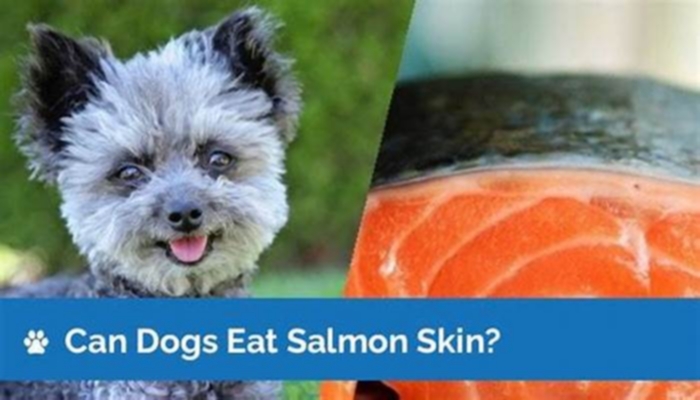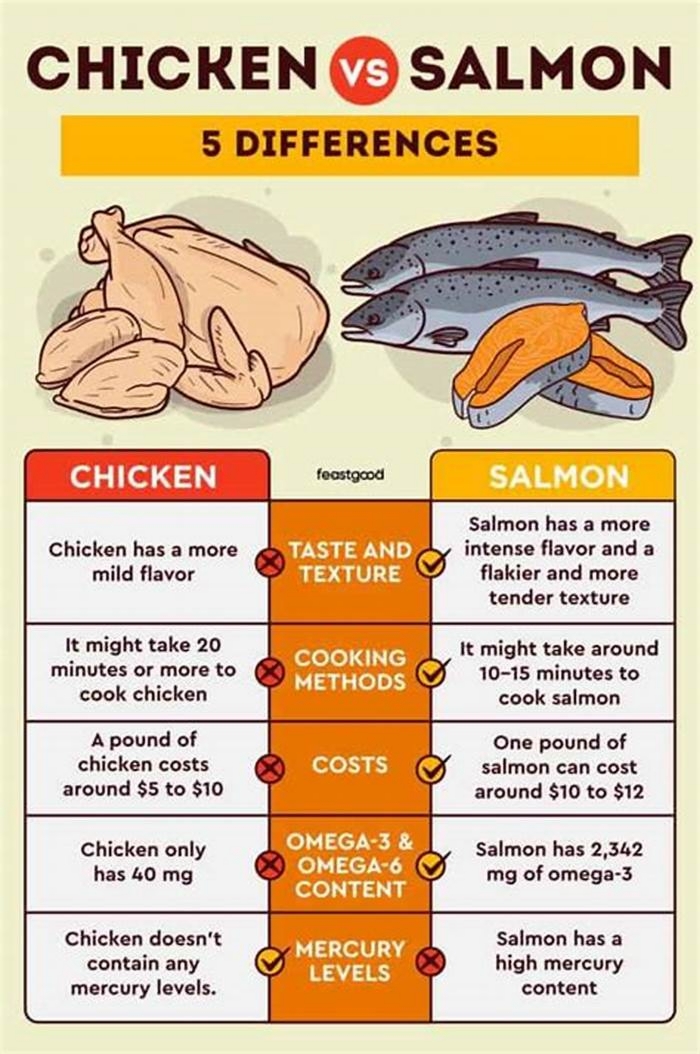Is salmon too high in fat for dogs

Feeding Salmon to Dogs: Vets Omega-3 Guide
As a holistic veterinarian, Im often asked about the best dietary choices for our furry friends. One question that frequently comes up is, can dogs have salmon? Understanding canine nutrition is key to answering this, particularly the importance of protein and essential nutrients that fish like salmon can provide.

Dogs, like us, need a balanced diet to thrive. Protein plays a pivotal role in their nutrition, helping everything from muscle development to immune system strength. Fish, particularly salmon, is a fantastic source of high-quality protein for our pets. But thats not all. Salmon is also rich in essential nutrients like omega-3 fatty acids, which can support your dogs overall health, from a shiny coat to heart health.
However, while salmon may seem like a superfood for dogs, its important to feed it correctly to avoid potential risks. In the following sections, well explore the benefits and potential risks of feeding salmon to dogs, the correct way to prepare it, common questions, and even alternatives for dogs who might not be fans of this fishy treat. So, lets dive in and unravel the truth about dogs and salmon!
Remember, your dogs diet can significantly impact their health and happiness. So, understanding the ins and outs of what they can and cant eat, like can dogs have salmon, is vital for every pet parent. Stay with me as we swim through this topic together!
Can Dogs Have Salmon? Unraveling the Truth
As a holistic veterinarian, I get asked a lot, can dogs have salmon? The simple answer is yes, but its not that straightforward. Lets dive into the details.
The Benefits of Salmon for Dogs
Salmon is an excellent source of high-quality protein, which is crucial for your dogs overall health. It promotes muscle development and aids in repairing damaged tissues. Moreover, salmon is packed with Omega-3 fatty acids. These essential fats support your pets brain and heart health, enhance their skin and coat condition, and can even help reduce inflammation caused by conditions like arthritis.
- High-quality protein: Supports muscle development and tissue repair
- Omega-3 fatty acids: Promotes brain and heart health, improves skin and coat condition, and reduces inflammation
Potential Risks of Feeding Salmon to Dogs
However, feeding salmon to dogs isnt without risks. Raw or undercooked salmon can contain parasites that can cause salmon poisoning disease, a potentially fatal condition. Its important to always serve salmon cooked and never raw. Moreover, bones in salmon can pose a choking hazard or cause internal injuries.
Also, while salmon is nutrient-rich, its high in fat. Overfeeding can lead to obesity and pancreatitis, which is why portion control is crucial. Remember, salmon should complement your dogs diet, not dominate it.
Another concern is farmed salmon, which may contain high levels of contaminants. Opt for wild-caught salmon when possible, and always consult your vet before introducing new foods into your pets diet.
- Parasites: Can cause salmon poisoning disease if salmon is raw or undercooked
- Bones: Pose a choking hazard or can cause internal injuries
- High fat: Overfeeding can lead to obesity and pancreatitis
- Contaminants: Farmed salmon may contain high levels of harmful substances
In conclusion, dogs can have salmon its a nutritious addition to their diet. However, its important to prepare it correctly and serve in moderation to ensure your pet reaps the benefits without the risks.
Feeding Salmon to Dogs: Vets Omega-3 Guide
The Right Way to Feed Salmon to Dogs
Feeding your dog salmon can be an excellent way to supplement their diet with high-quality protein and essential fatty acids. However, its crucial to prepare and serve it correctly to ensure your canine companions safety and health. Lets talk about how to do this.
Preparing Salmon for Dogs: Cooked vs. Raw
When it comes to serving salmon to your dog, always choose cooked over raw. While some pet parents may be tempted to serve their dogs raw salmon due to the popularity of raw diets, its important to remember that raw salmon can carry parasites that are harmful to dogs. These parasites can cause salmon poisoning disease, a potentially fatal condition.
To ensure the salmon is safe for your dog to eat, it should be thoroughly cooked to kill any parasites or bacteria. Avoid using any seasoning, as certain spices and herbs can be toxic to dogs. A simple, plain, cooked salmon fillet is the best option.
Portion Control: How Much Salmon Can Dogs Have
Even though salmon is nutritious, its crucial to feed it to your dog in moderation. Too much of any one food can lead to nutritional imbalances and health problems. As a general rule, treats and extras like salmon should make up no more than 10% of your dogs daily caloric intake.
- Small dogs (up to 20lbs) 1-2 small pieces of cooked salmon per week
- Medium dogs (20-60lbs) 2-3 small pieces of cooked salmon per week
- Large dogs (over 60lbs) 3-4 small pieces of cooked salmon per week
Remember, these are just guidelines. Every dog is unique, and their dietary needs may vary based on their size, age, and health status. Always consult your vet if youre unsure about how much salmon to feed your dog.
Note: While salmon is a great addition to your dogs diet, it shouldnt replace a complete and balanced dog food. Your dogs main meals should still consist of a high-quality commercial dog food that meets all their nutritional needs.
Common Questions about Dogs and Salmon
In this section, well address two of the most common questions dog owners have about feeding salmon to their pets.
Can Dogs Eat Salmon Skin and Bones?
Salmon skin can be a tasty treat for dogs and is rich in essential fatty acids. However, its important to ensure its thoroughly cooked to kill any potential parasites. Raw salmon skin can carry a parasite that causes salmon poisoning disease, which can be fatal to dogs.
As for salmon bones, they pose a significant risk. Cooked bones can splinter and cause internal injuries when swallowed. Raw bones also carry the risk of salmonella infection. Therefore, its best to remove all bones from the salmon before feeding it to your dog.
Is Canned Salmon Safe for Dogs?
Canned salmon can be a convenient and safe option for dogs, but there are a few things to keep in mind.
- Buy canned salmon thats packed in water, not oil. Oil can add unnecessary fats to your dogs diet.
- Choose low-sodium or no-salt-added varieties. Too much salt can lead to dehydration and other health problems in dogs.
- Ensure the canned salmon is bone-free. As mentioned earlier, salmon bones can pose a choking hazard and cause internal damage.
Remember, even though salmon is safe for dogs, it should be served in moderation and as part of a balanced diet. Always consult with your vet if you have any concerns or questions about feeding salmon to your dog.
In the next section, well explore some alternatives to salmon in a dogs diet.
Alternatives to Salmon in a Dogs Diet
Its important to know that while salmon can be beneficial for dogs, it isnt the only fish or protein source available. There are other options that can provide your furry friend with the essential nutrients they need.
Other Fish Types Suitable for Dogs
Other types of fish can also be a great source of protein and omega-3 fatty acids for your dog. For instance:
- Sardines: These small fish are rich in omega-3, vitamin D, and calcium. They are often available canned, making them an easy addition to your dogs diet.
- Mackerel: This oily fish is another excellent source of omega-3. Just make sure its cooked thoroughly before feeding it to your dog.
- Tuna: Tuna is low in fat and high in protein, but it should be served in moderation due to its high mercury content.
Remember, all fish should be cooked and deboned before serving to your dog to prevent any health risks.
Non-Fish Protein Sources for Dogs
If your dog isnt a fan of fish, or you want to add variety to their diet, there are plenty of other protein sources to consider:
- Chicken: It is a lean and easily digestible protein source that most dogs enjoy.
- Beef: This red meat is rich in iron and protein, making it a good option for active dogs.
- Lamb: Lamb is often recommended for dogs with food sensitivities or allergies.
- Turkey: Turkey is a lean protein that can be a good option for dogs that need to lose weight.
Just like with salmon, these protein sources should be cooked properly and served in appropriate portions to keep your dog healthy and happy.
Frequently Asked Questions
Q1: Is it safe to feed salmon to my dog?
A: Yes, it is safe to feed salmon to your dogs but it must be cooked properly to kill parasites. Raw or undercooked salmon can lead to salmon poisoning disease, which can be fatal.
Q2: How much salmon can I feed my dog?
A: The amount of salmon you can feed your dog depends on their size, age, and overall health. Its best to consult with your vet to determine an appropriate amount.
Q3: Can salmon be a substitute for my dogs regular food?
A: While salmon is a great source of Omega-3 fatty acids, it should not replace your dogs regular diet. Its best to use it as a supplement or occasional treat.
Q4: What are the benefits of feeding salmon to my dog?
A: Salmon is a great source of Omega-3 fatty acids, which can improve your dogs skin and coat health, boost their immune system, and support joint health.
Q5: Can I feed my dog salmon skin?
A: While salmon skin isnt harmful to dogs, its often high in fat and can lead to pancreatitis in dogs if consumed in large amounts. Its best to remove the skin before feeding salmon to your dog.
Can Dogs Eat Salmon?
NOTE: Always check with your veterinarian first before giving your dog any new foods, especially people foods. What might be OK for one dog might not be good for your dog, depending on multiple factors, such as their age, health history, health conditions, and diet. Dogs on prescription diets should not be fed any food or treats outside the diet.
Does your pooch have a penchant for fish? Many dogs like the taste and smell of seafood, but its important to understand the benefitsand possible risksanytime you consider adding a new ingredient to their diet.
Thankfully, when it comes to cooked salmon, your dog is safe. Salmon is a popular ingredient in many types of commercial dog food and is also OK for your dog to eat as a food topper or tasty treat. As with any new food, youll want to be careful not to feed your dog too much salmon to start, and be sure to watch out for any extra ingredients that might be included in typical human recipes (like butter or seasonings) that can be dangerous for dogs to eat.
Keep reading to find out how to safely prepare salmon for dogs, and when youll want to ask your vet for advice.
Is Salmon Good for Dogs?
Salmon can be a great addition to your dogs diet, and many high-quality dog food brands use salmon as a protein source. Unlike some seafood, such as tuna, the U.S. Food and Drug Administration (FDA) reportsthat salmon contains very low levels of mercury.
So, adding a little cooked, plain salmon to your dogs bowl can be a great way to give them an extra boost of flavor and nutrition. A few nutritional benefits of feeding your dog salmon include:
- Omega-3 fatty acids: Salmon is a great source of omega-3s, which are good for dogs skin and coat health, and can even improve mobility for dogs with joint issues or other inflammatory diseases.
- Protein: In addition to being an excellent source of healthy fats, salmon is also a good source of protein, which helps your pooch build and repair muscle tissue. There are many high-quality dog foods that use salmon as a main source of protein, which can be a great option for dogs who have allergies to other proteins like chicken, beef, or lamb.
- Vitamins and minerals: Salmon is also a good source of B vitamins. One important nutrient thats critical for keeping your dogs brain and nervous system healthy is vitamin B12, and salmon is rich in B12.
Just be sure to check with your vet before making any major changes to your dogs diet, especially if your dog has any health conditions or sensitivities.
Can Dogs Eat Salmon Raw?
Even with all the health benefits of salmon for dogs, pet parents should be cautious about feeding their pooch raw or undercooked salmon. Feeding your dog uncooked salmon can make them very sick. Raw and undercooked salmon can contain a parasite known to cause salmon poisoning disease, which can be fatal for dogs if left untreated. So sorry, sushi-sniffing hounds! Baked, broiled, grilled, and boiled fish are all much safer options for dogs to eat.
If your dog does get ahold of raw salmon or raw fish of any kind, give your vet a call so they can help you determine next steps.
Can Dogs Eat Salmon Skin?
If youve baked a nice salmon dinner but dont care much for the skin, its fine to share that leftover bite with your pooch. Salmon skin is safe for dogs to eat. Just be sure the fish has been thoroughly cooked and isnt seasoned with spices or ingredients that are toxic to dogs (like onions, butter, or garlic).
In fact, that scraping of salmon skin can be a great way to give Fido extra nutrients rather than throwing it into the compost if its not to your taste. Salmon skin actually contains even more of the healthy omega-3 fatty acids than the rest of the fish. So if youre not a fan of the skin, topping off Fidos food dish with a small amount of your leftovers can be a win-win for you both. Just remember to feed your dog salmon skin only in small amounts.
How to Safely Feed Salmon to Your Dog
Salmon is a safe snack for dogs, but that doesnt mean you should grill them an entire fish for dinner tonight! Giving salmon as a treat is a good place to start, and you can gradually increase amounts to let your dogs body adjust to the new food. This can help them avoid adverse effects like an upset stomach or diarrhea, which can happen when your dogs usual menu changes.
Any salmon given to your dog should be fresh, cooked, and free from bones, which pose a choking hazard. Avoid any seasonings or extra ingredients, as many common ingredients are not safe for dogs to consume.
Canned salmon is also OK for dogs to eat, but youll want to watch the sodium. While canned salmon in water is a better choice for dogs than salmon packed in oil, rinse it thoroughly to remove any excess salt or oil from the canning process before adding it to your dogs dish.
How Much Salmon Can Dogs Eat?
Feeding small amounts of fresh, cooked, boneless salmon as an occasional treat is considered safeand even healthyfor dogs. But as with any new food, start slow! Its always best to err on the side of caution when it comes to your dogs health.
Here are some general guidelines for how much salmon is safe for dogs to eat, based on their weight:
- Extra-small dog (220 pounds): 12 ounces of fresh, cooked, boneless salmon per week
- Small dog (2130 pounds): 23 ounces of fresh, cooked, boneless salmon per week
- Medium dogs (3150 pounds): 34 ounces of fresh, cooked, boneless salmon per week
- Large dogs (5190 pounds): 46 ounces of fresh, cooked, boneless salmon per week
- Extra-large dogs (over 90 pounds): 68 ounces of fresh, cooked, boneless salmon per week
Note that these are just general guidelines. Its always best to check with your vet before making major changes to your furry friends food bowl.And remember: Raw seafood can contain harmful bacteria and/or parasites that can cause illness in dogs.
Featured Image: iStock/O_Lypa

